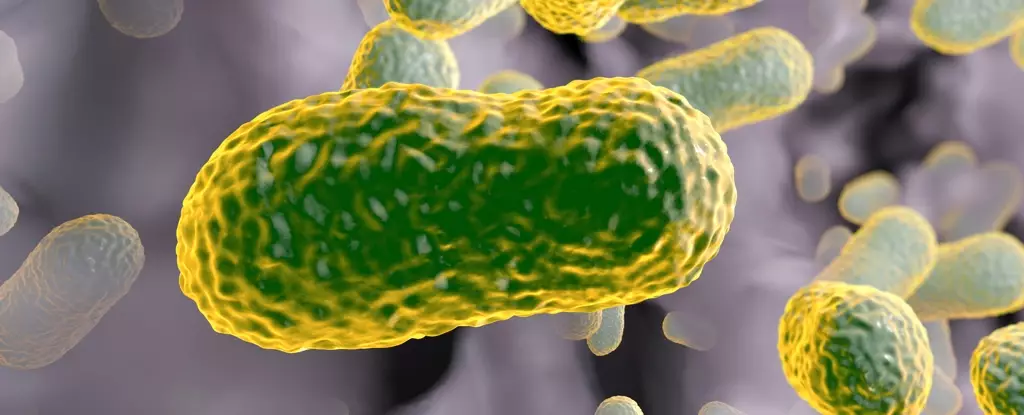The resurgence of antibiotic resistance is a pressing concern for global health, leading scientists to revisit the past for potential solutions. Among the forgotten compounds once considered for medical use is streptothricin, an antibiotic isolated in the 1940s. With its unique properties, there is a renewed interest in exploring streptothricin’s modern potential under its new name, nourseothricin. This article delves into the significance of this rediscovered antibiotic and its implications in the ongoing battle against drug-resistant superbugs.
The development of antibiotics marked a revolution in medical science, particularly during the ‘golden age’ of antibiotic discovery around the 1940s. During this time, numerous compounds were identified, providing effective treatments for various bacterial infections. However, medical advancements have been hindered by the emergence of antibiotic-resistant bacteria, particularly gram-negative strains, which are often more challenging to treat due to their unique cellular structures. Gram-negative bacteria possess an outer membrane that protects them from many conventional antibiotics, complicating treatment efforts and leaving healthcare providers with few options.
Streptothricin was initially recognized for its considerable antibacterial properties, particularly against gram-negative bacteria. However, its potential was quickly overshadowed by safety concerns. Early studies indicated significant toxicity, specifically to human kidneys, leading to its abandonment in the scientific community. This decision to discard promethean beginnings left healthcare professionals seeking alternatives to fight infections caused by drug-resistant pathogens.
In light of the escalating crisis of antibiotic resistance, researchers are now reigniting interest in nourseothricin. A team led by pathologist James Kirby at Harvard University is scrutinizing the antibiotic once more, revealing astonishing findings regarding its components. It turns out that while the original molecular mixtures of nourseothricin (S-F and S-D) displayed toxicity in laboratory settings, S-F — the less toxic variant — holds promise for modern medicine.
Studies on S-F have shown that this compound effectively eradicates drug-resistant gram-negative bacteria in vivo, demonstrating minimal toxicity, even at concentrations that achieve therapeutic effects. This is a significant breakthrough since it not only presents an alternative treatment strategy but also offers hope for those suffering from infections that have eluded standard antibiotics.
Understanding how nourseothricin operates could pave the way for new treatments that can circumvent the defensive mechanisms of resistant pathogens. Preliminary research suggests that streptothricin compounds may interact with the protein synthesis machinery of gram-negative bacteria differently than existing antibiotics, potentially leading to new therapeutic approaches.
The precise mechanisms by which S-F binds to these bacteria and disrupts their function remain an ongoing area of investigation. If researchers can fully delineate the action of nourseothricin, it could lead to the development of an entirely new class of antibacterial agents, vital for effectively combating resistant strains.
Kirby’s research team is not only interested in re-evaluating the properties of naturally occurring streptothricins but also in enhancing their efficacy. By leveraging the evolutionary knowledge that soil-dwelling bacteria have acquired over millennia, scientists may be able to optimize these compounds further for clinical use.
As the medical community grapples with the growing threat posed by superbugs, revisiting a once-forsaken antibiotic demonstrates the need for innovative approaches to drug development. The case of nourseothricin exemplifies how rediscovering and reanalyzing historical scientific knowledge can turn the tide in the war against bacterial infections. If nourseothricin proves effective in human trials, it may stand as a testament to the ingenuity of scientists as they leverage old wisdom to confront contemporary challenges.
Throughout history, the interplay between bacteria and antibiotics has shown an exciting dynamic, often likened to an arms race where one side adapts and the other seeks to overcome. Nourseothricin’s potential on this stage underscores a compelling narrative for the future of medicine — one that blends the past’s insights with the urgency of present-day challenges. By reviving overlooked treatments, we might just find the key to overcoming one of modern medicine’s toughest obstacles.


Leave a Reply